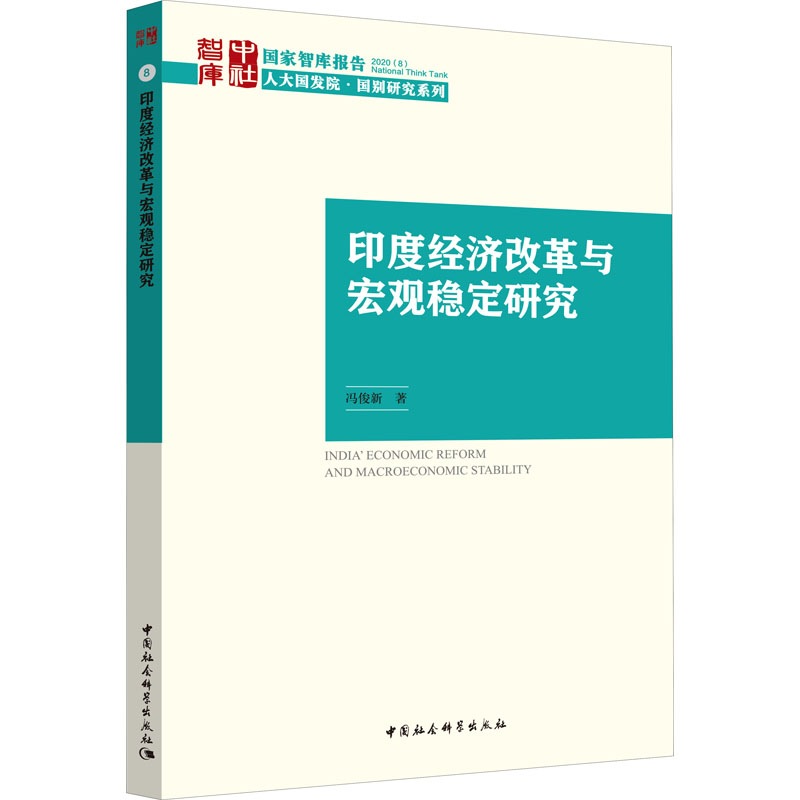India' Economic Reform and Macroeconomic Stability

Publication house: China Social Sciences Press
Author: Feng Junxin
Published: January 2020
Introduction:
India is a vital country along the Belt and Road, and thus the research on India’s strategy of economic development will help us draw more in-depth insights from the country’s perspective on the Belt and Road Initiative. Since the 1990s, India has carried out the comprehensive economic reform, and this critical event has become an unavoidable topic for the research on the Indian economy. This report intends to generally depict India’s economic reform since 1991, and to analyze the relationship between the economic reform and the macroeconomic security from the temporal dimension as the major line. Similar to many other developing countries, India is encountered with the syndrome of three highs, namely, high fiscal deficit, high trade deficit and high inflation. Although the macroeconomic indicators have experienced significant improvements thanks to the economic reform, the syndrome of three highs still leads to India’s macroeconomic dilemma on a frequent basis against the backdrop of internal and external adversities. As a major country, India needs to steadily advance the reform so as to overcome the varying domestic constraints. However, since the reform is carried out gradually, it is inevitable for the country to be constantly faced with the issues of macroeconomic security during the reform. Nevertheless, in spite of the adversities of varying sorts, India’s economy has remained basically unchanged in terms of the overall trend of market-oriented and optimization reform. In case India is able to speed up the more challenging structural reform under stable political circumstances, then India’s economy is expected to enter a new stage of development. During this transition, China’s Belt and Road Initiative will have great implications for India to maintain macroeconomic stability.




